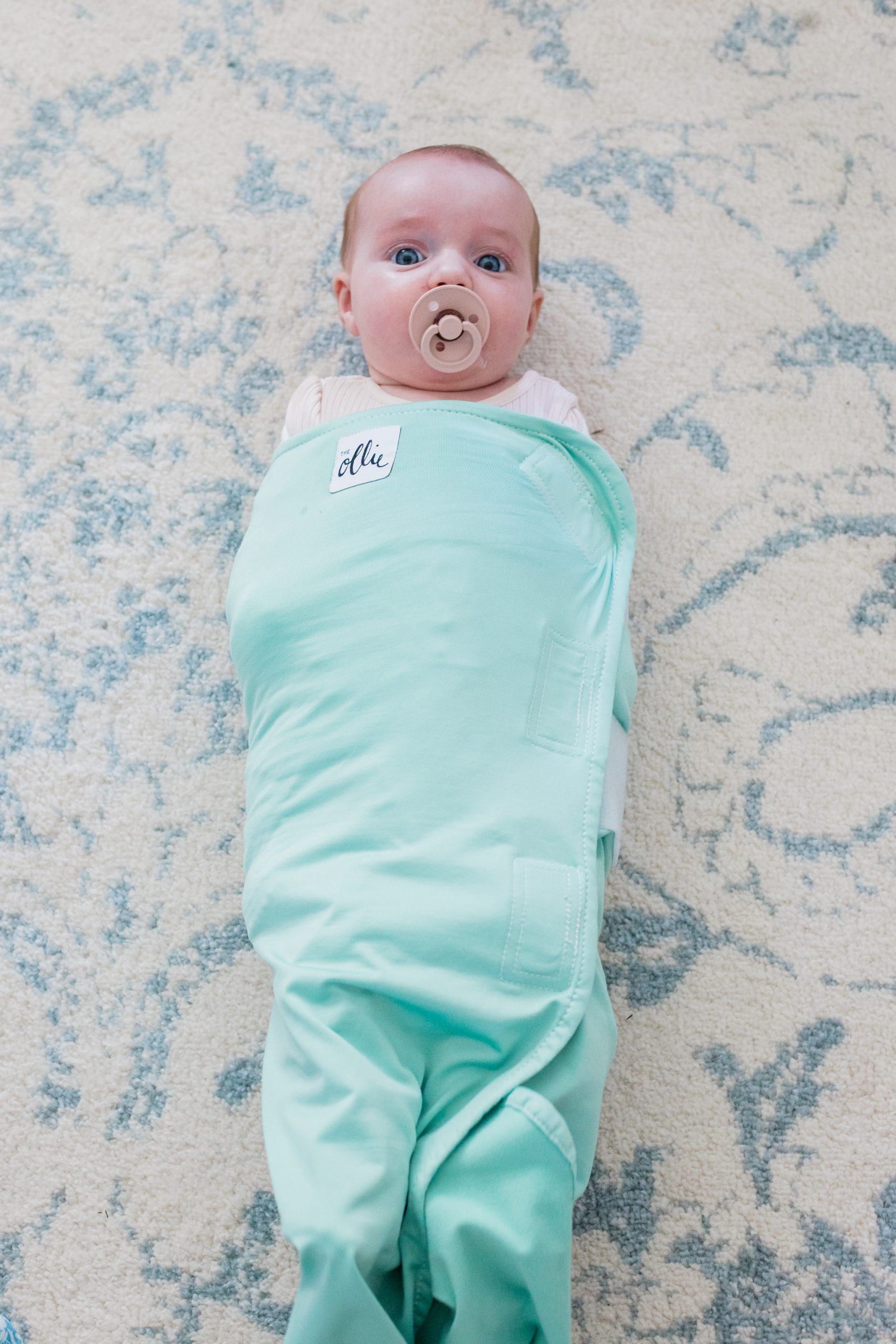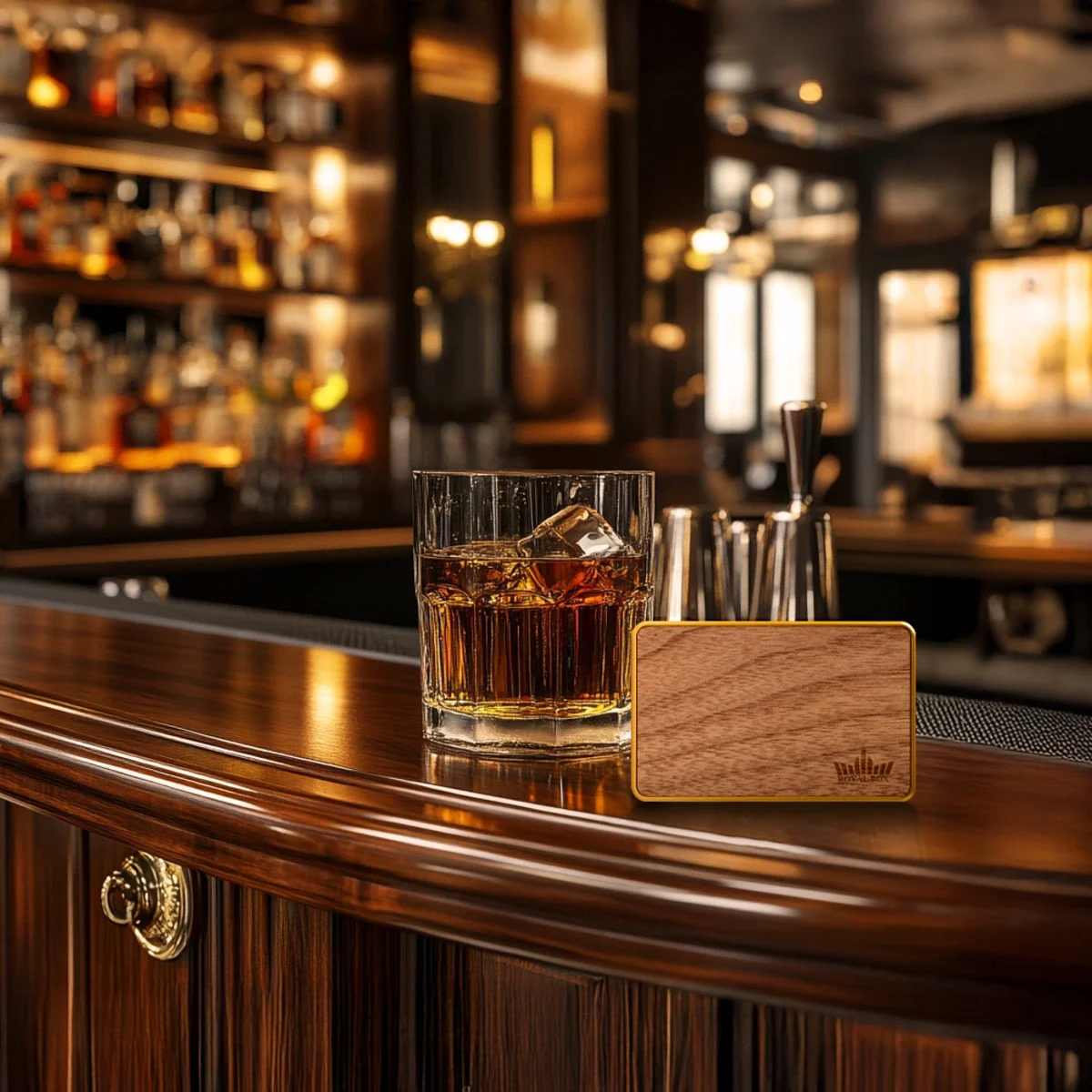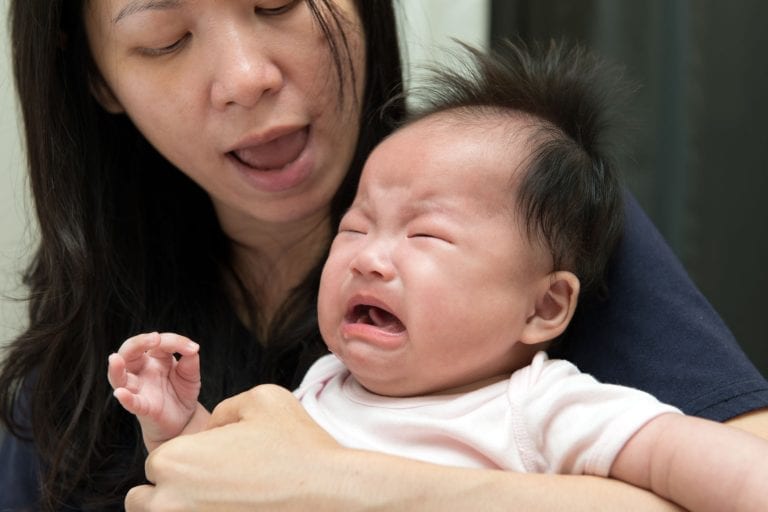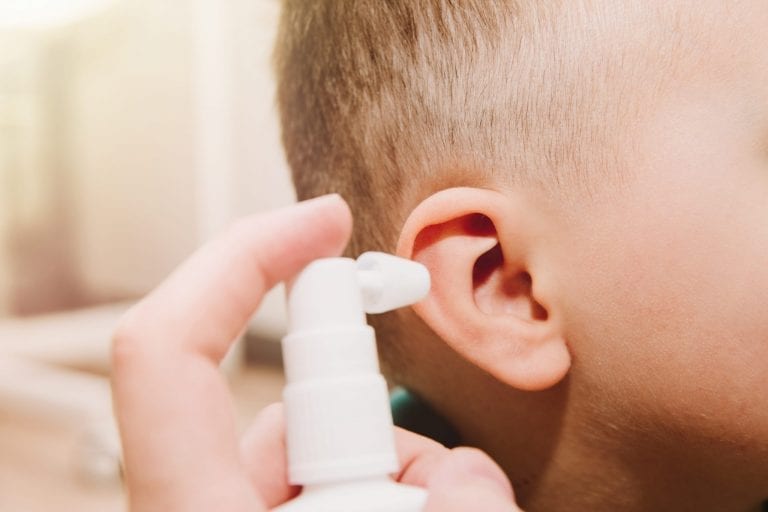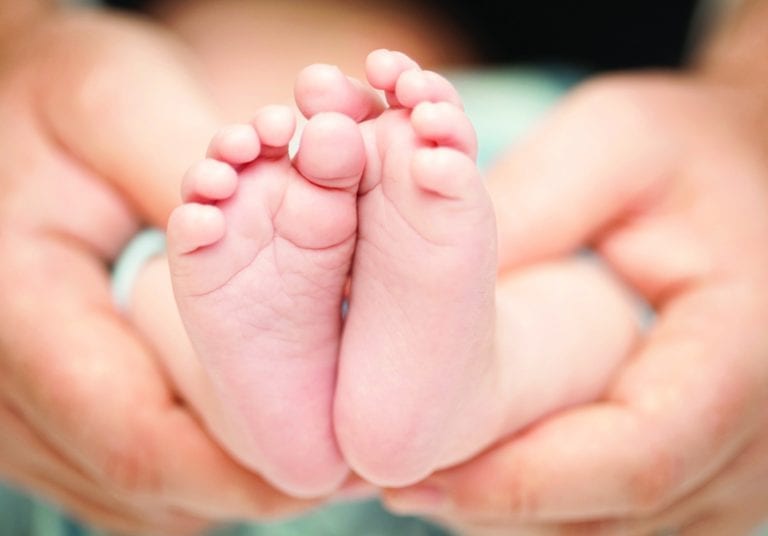A Method For Protected Feeding
Consultants suggest that infants be completely fed breastmilk the primary 4-6 months of life. Some 75% of all mothers provoke breastfeeding within the hospital, whereas 25% begin with components feeding their child both due to medical situations that stop breastfeeding or due to private selection. Life adjustments, equivalent to the necessity to return to work, usually trigger greater than half of all mothers to complement with or swap to components feeding sooner or later throughout the first yr, in accordance with the World Well being Group.
Method feeding fundamentals
Your pediatrician will probably have a choice for which components he or she would advise in your child. A fast name to the observe ought to reply your query. Powdered or dry and concentrated liquid formulation require preparation and are cheaper. Prepared-to-serve formulation are usually blended at precisely the best concentrations.
Use distilled, filtered faucet, bottled or boiled water at room temperature. Learn the label to make sure any bottled water doesn’t include components, significantly nutritional vitamins and minerals. In the event you’re utilizing properly water, have it examined each 3 months throughout the first yr. Infants who eat components ready with properly water are at excessive danger for nitrate poisoning. Annual testing for nitrates is okay after child’s 1st birthday. Properly water containing a nitrate degree above 10 ought to by no means be used to organize toddler components.
You should definitely use solely the precise quantity of water specified with dry and concentrated liquid formulation. Including an excessive amount of water dilutes the components, thereby diluting vitamins and energy. This may result in undernourishment, inadequate weight achieve and presumably water intoxication, which may trigger hyponatremia and seizures.
ALSO READ: Breastfeeding Is the Finest Choice to Feed Your Child
Not including sufficient water concentrates the vitamins and energy, which may overwork your child’s immature kidneys and digestive system, inflicting dehydration and slower development.
You could be tempted to succeed in for a soy-based components, significantly if you need a vegetarian-friendly possibility, however in accordance with the America Academy of Pediatrics, these must be used solely in infants with galactosemia or congenital lactose deficiency. Whereas soy formulation are closely marketed to resolve colic, analysis doesn’t bear this out. Most colic resolves by ages 4-6 months.
Anxious to develop a brainy child? Formulation with the brain-boosters ARA and DHA are additionally closely marketed, however analysis thus far is inconclusive about whether or not these more-expensive dietary supplements really support child’s mind.
ALSO READ: Busting the High 10 Myths About Breastfeeding
Look ahead to dangerous components as properly: In 2008, components manufactured in China was discovered to include melamine, which may hurt an toddler’s kidneys. Warning indicators for melamine-tainted components embody vomiting, unexplained crying with urination, hypertension, swelling, leg ache and unexplained fever. Be secure: Search for the “Made within the USA” on components labels as these merchandise have been discovered secure and nutritious.
Put together a recent feeding every time one is required. Every feeding must be ready in a person bottle, cooled rapidly and saved within the fridge. Any opened feeding that has been within the fridge for greater than 24 hours must be discarded. Refrigerated feedings may be rewarmed below heat, operating faucet water for not more than quarter-hour. By no means use a microwave oven to rewarm feedings as microwaves warmth inconsistently, and scorching spots within the meals can scald your child’s mouth.
ALSO READ: Feeding Child: The First Yr
Method-fed infants have to eat each 3-4 hours with a rise in quantity every day. Any feeding not eaten inside 1-2 hours must be thrown away.
Toddler feeding: Nipple decisions
When doable, select silicone relatively than rubber nipples as they keep fewer odors and are good for households with latex allergy symptoms. They value slightly extra however are value the additional pennies as rubber nipples have a tendency to interrupt down extra rapidly.
Select a slow-flow nipple for newborns and progress to faster-flow nipples as child calls for extra meals. Orthodontic nipples are good decisions for nursing infants as they provide mouth positioning extra just like the breast.
Clear feeding
Sterilize all tools used to bottle-feed your child in boiling water earlier than the primary use and in a high-temperature dishwasher or by common hand-washing, as desired, thereafter. In the event you’re utilizing properly water that’s not chlorinated, sterilize all tools every time components is ready.
Stop choking
Cradle your child upright in your arms throughout feedings. Holding the bottle at a 45-degree angle ensures the nipple of the bottle will likely be full of liquid in order that child doesn’t gulp further air. When bubbles are rising within the bottle, your child is consuming successfully. In case your child is leaking components from the corners of her mouth, she’s probably getting meals too rapidly, select a slower-flowing nipple.
By no means prop a bottle for child, or enable your child to recline or sleep with a bottle as this will increase the danger of choking and ear infections.
Selecting BPA-free bottles
Use solely BPA-free bottles as a result of BPA publicity is linked to potential mind, liver and reproductive organ issues. Bottles with the recycling image #7 include blended plastics and subsequently, BPA.
Getting ready Toddler Method
- Clear and disinfect all tools and the work space.
- Wash your arms with cleaning soap and water; dry completely with a clear towel.
- In the event you’re boiling water, guarantee it involves a rolling boil and funky earlier than mixing with components.
- Use solely the precise quantity of room-temperature or heat water specified on the components package deal.
- Add the precise quantity of powdered components to the water within the bottle utilizing a measuring spoon.
- Combine completely by gently shaking or swirling the bottle.
- Instantly cool by holding the bottle below chilly operating faucet water or by putting in a container of chilly/ice water.
- Dry the surface of the bottle with a clear material.
- Earlier than feeding, examine the temperature of the feeding by dripping slightly of the components onto the within of your wrist—it ought to really feel lukewarm, not scorching.
- Feed your child in an upright place.
- Discard any feeding that has not been consumed inside 1-2 hours.
Supply: World Well being Group
Safely Rewarming Method
- Heat a chilly bottle simply earlier than it’s wanted
- Rewarm for not more than quarter-hour
- Submerge the bottle in heat water till the extent of the water covers the components
- Often shake or swirl the bottle for even heating
- Earlier than feeding, swirl the bottle and drip among the components onto the within of your wrist—it ought to really feel lukewarm, not scorching
- Discard any meals not eaten inside 1-2 hours
Supply: World Well being Group
RELATED TOPICS:
Introducing Solids: When to transition your child to solids
Tips about The way to Transition Child to Solids
Bottles, Pacifiers & Your Child’s Oral Well being
,


